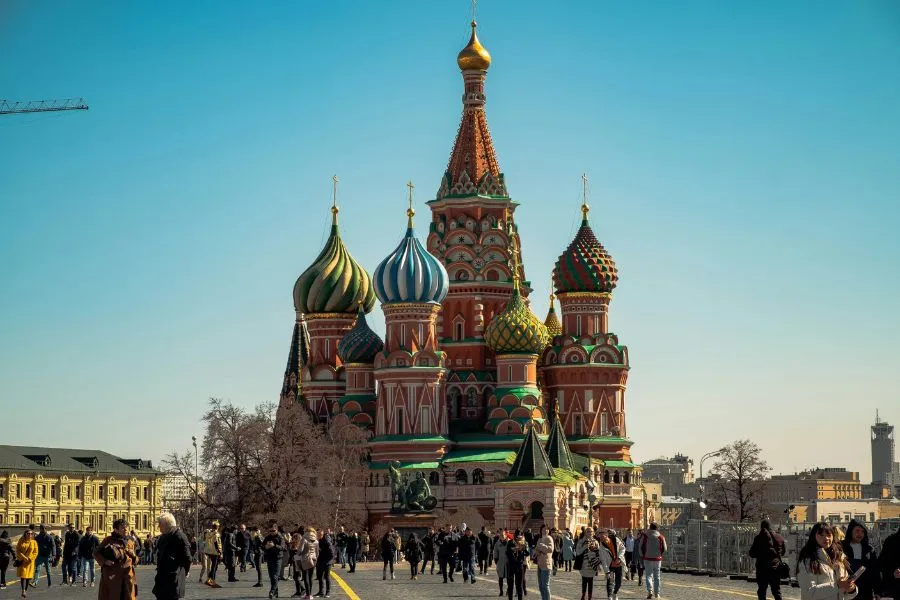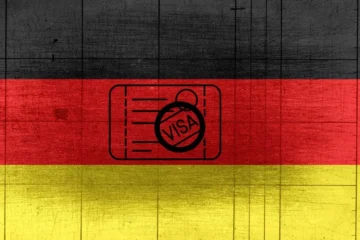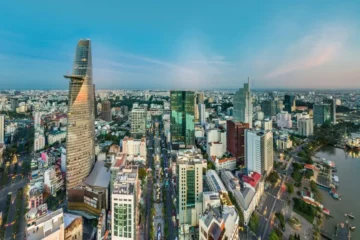If you’re used to breezing into Russia without a visa, there’s a new rule you’ll want to know before packing your bags in 2025. The country has rolled out an Electronic Travel Authorization (ETA) system that affects travelers from many visa-exempt nations, and it’s not just a formality—you’ll need a QR code in hand before you hit the tarmac or the train tracks. So, what sparked this digital pivot, who’s affected, and how do you make sure you’re not stuck at the border? Let’s break it down.
Key Takeaways
What Prompted Russia to Introduce the ETA Rule in 2025?
Russia’s move toward an ETA system isn’t out of the blue—it’s part of a broader digital modernization and border control reform. With increasing global trends toward contactless travel, digitized screening, and biometric verification, the Kremlin has jumped on board. But the ETA isn’t just about streamlining processes. It’s also a strategic tool to tighten migration oversight, improve national security, and gather pre-arrival data on travelers.

The decision follows a pattern seen worldwide: countries like the U.S., Canada, and members of the EU have long used digital entry authorizations to vet travelers before they arrive. For Russia, this system also helps manage visa-free entry from EAEU countries and other nations that historically didn’t require much paperwork to get in. In other words, it’s Russia’s way of saying: “You’re still welcome, but we’d like to know a bit more about you before you show up.”
Who Needs to Apply for an ETA Before Entering Russia?
The ETA applies specifically to citizens of countries that previously enjoyed visa-free access. This includes nationals from the Eurasian Economic Union (EAEU)—like Armenia, Belarus, Kazakhstan, and Kyrgyzstan—as well as others on Russia’s visa-free entry list. If you’re coming to Russia without a traditional visa and don’t hold a residence permit, you will now need an ETA.
Also Read: Is Getting a Skilled Work Visa in New Zealand Now Easier in 2025?
Importantly, this isn’t just for tourists. Whether you’re entering for business, family visits, or cultural exchanges, the ETA requirement still holds. And no, turning up at a land border with just your passport won’t cut it anymore—you’ll be asked to present your ETA QR code or face delays (or worse, a denied entry).
How Does the New ETA Application Process Work?
The process starts online, and you’ll need to apply at least 72 hours before you arrive in Russia. There are two main ways to do this:
- Via the Gosuslugi portal, Russia’s official government services platform
- Or through the ruID mobile app, designed to streamline travel and identity verification
The application itself isn’t too complicated. You’ll provide basic biographic details, purpose of visit, passport info, and travel plans. Most notably, the platform will collect biometric data, including facial recognition and, in some cases, fingerprinting.
For those with urgent travel needs, a limited emergency application option is available, allowing submissions as late as four hours before arrival. But unless you like to gamble with your itinerary, it’s better to apply early and keep that QR code handy.
What Is the Role of the QR Code at Russian Borders?
Your ETA generates a QR code, which functions as your official travel authorization. Think of it as your digital boarding pass for entering Russia. When you arrive—whether it’s at an airport, land checkpoint, or seaport—you’ll present your QR code for scanning.
This code links to a secure database with your application details, including your biometric profile. Border agents will then verify your identity via facial scans or fingerprint checks, adding an extra layer of security. The good news? Once you’re through, there’s no extra paperwork to deal with—unless you overstay or breach visa conditions.
Are There Any Exceptions to the ETA Requirement?
Yes. If you already have a valid Russian visa, a residence permit, or hold diplomatic or official credentials, you are exempt from the ETA requirement. In these cases, your existing documentation remains your official entry clearance.
Also Read: Which High-Demand Jobs in Europe Are Hiring Foreign Talent in 2025?
Also, the rule doesn’t currently apply to Russian nationals or dual citizens who use a Russian passport to enter. If you’re not sure whether your status qualifies for an exemption, it’s best to check in advance—Russian border authorities are not known for flexibility at the last minute.
What Happens If You Don’t Have an ETA on Arrival?
If you arrive at the Russian border without an approved ETA, things can go sideways fast. At best, you’ll face delays, intense questioning, and may be held for hours while your case is reviewed. At worst, you may be denied entry entirely and forced to return on the next available flight or train.
And no, saying you “didn’t know about the new rule” won’t win you any sympathy. With the rollout set to begin on June 30, 2025, the Russian authorities are expected to take a strict stance, especially during the early phase of implementation. Better safe than stuck in a holding room at Sheremetyevo Airport.
When Will the ETA System Be in Effect?
As of now, the ETA system is being introduced as a pilot program running until June 30, 2026. That gives Russia a full year to evaluate how it works, what challenges arise, and whether it should be expanded, adjusted, or made permanent.
Early indicators suggest that the government is leaning toward a long-term shift to digital travel authorization, especially given its emphasis on biometric data and border digitization. So while the system may see tweaks or refinements, visa-free travelers should prepare for the ETA to become a lasting requirement.
Final Thoughts
If you’re planning to visit Russia in 2025 and you’ve enjoyed visa-free entry in the past, those days of minimal paperwork are officially over. With the new ETA rule, digital preparation is just as important as packing your bags. The good news? Once you’ve submitted your ETA and gotten that QR code, your journey should be smooth—unless, of course, you forget to bring it.
Reference: https://discover.passportindex.org/policy-and-regulations/russia-eta-system/





